Elkeith.com > Elkeith Photography > Galleries > Birds > Black Stilt
-

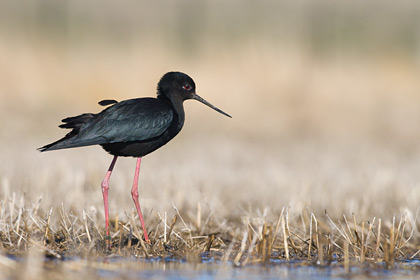 Black Stilt
Black Stilt
This black stilt was photographed on pasture near Pierce Ponds. Details: Canon 400d, Sigma 500mm f4.5, 1/1000, f/8, 200 ISO, tripod. -

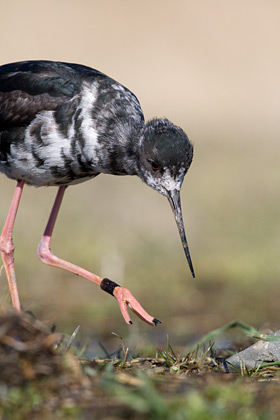 Black Stilt
Black Stilt
This juvenile black stilt was photographed on pasture near Pierce ponds. Details: Canon 400d, Sigma 500mm f4.5, 1/1000, f/8, 200 ISO, tripod. -

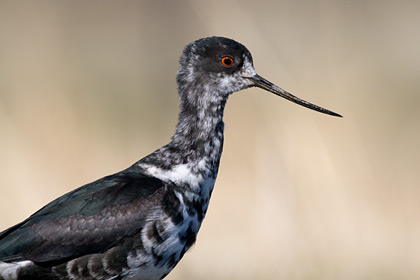 Black Stilt
Black Stilt
This juvenile black stilt was photographed on pasture near Pierce ponds. Details: Canon 400d, Sigma 500mm f4.5, 1/1600, f/8, 200 ISO, tripod. -

 Black Stilt
Black Stilt
This juvenile black stilt was photographed on pasture near Pierce ponds. Details: Canon 400d, Sigma 500mm f4.5, 1/1250, f/8, 200 ISO, tripod. -

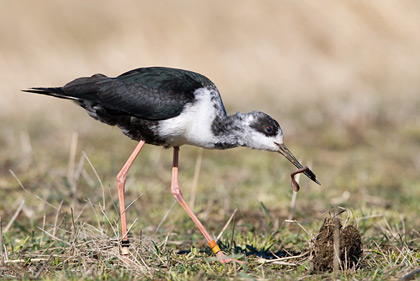 Black Stilt
Black Stilt
This juvenile black stilt was photographed on pasture near Pierce ponds. Details: Canon 400d, Sigma 500mm f4.5, 1/1600, f/8, 200 ISO, tripod. -

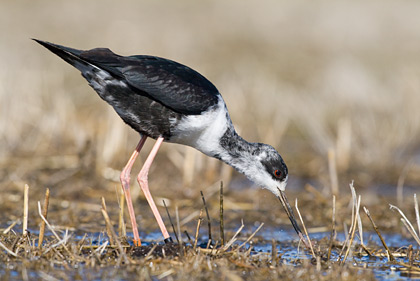 Black Stilt
Black Stilt
This juvenile black stilt was photographed on pasture near Pierce ponds. Details: Canon 400d, Sigma 500mm f4.5, 1/1600, f/8, 200 ISO, tripod. -

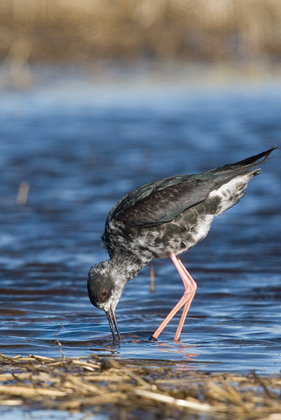 Black Stilt
Black Stilt
This juvenile black stilt was photographed at Pierce ponds. Details: Canon 400d, Sigma 500mm f4.5, 1/800, f/8, 200 ISO, tripod.
Black Stilt (himantopus novaezelandiae)
Kaki
Size: 40 cm, 220gm
Description: Pure black stilt with metallic green sheen in direct light. Long pink legs, long fine black bill very slightly upturned, red eye. Juveniles have white head, neck and breast, becoming mottled and darker through its first year. Often hybridizes with pied stilt.
Habitat: Braided river beds, deltas and lake margins in the Mackenzie basin. Some migrate to northern estuaries after breeding.
Status: Protected endangered endemic. Once critically endangered (<30 birds) now still endangered, the captive breeding program has raised numbers to >160 birds.
Breeding: September - January. Solitary breeders, on braided river beds near wetlands.
Where to photograph: Public viewing hide near Twizel.
More info...


